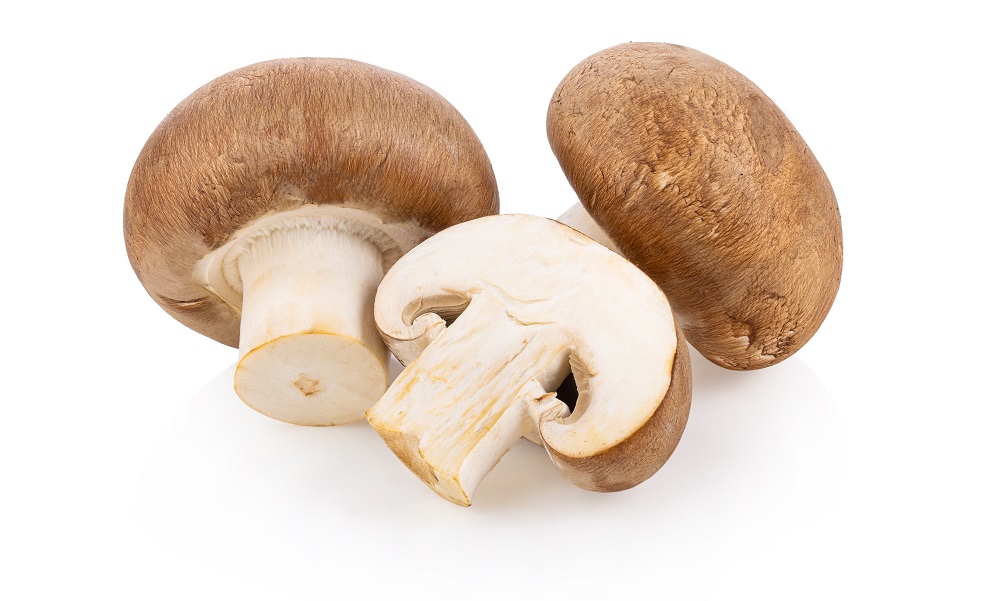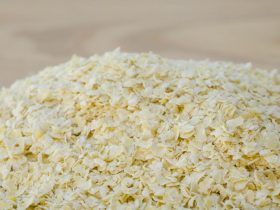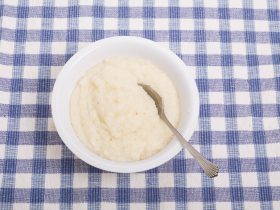Mushrooms is a broad-reaching term that refers to a multitude of fungi that may or may not be edible. For the sake of simplicity, this article will specifically refer to those common species of mushroom that are both safe to eat and easily found in most markets and stores1.
Culinary mushrooms come in a variety of species that, fortunately, share similar traits when it comes to storage and preservation. In order to keep the shelf-life of your particular mushrooms for as long as possible, it is important to keep several things in mind.
The vast majority of culinary mushrooms will begin to expire very quickly if left at room temperature. In order to avoid this, it is best to freeze them or to only purchase mushrooms that have been sterilized, such as that in a can. Out in the open, your mushrooms will only last a maximum of twenty-four hours.
How Long Do Fresh Mushrooms Last in the Pantry?
Though mushrooms are purchased and packaged in a variety of differing ways, this section of the article is specifically meant for mushrooms that are either fresh or just recently removed from a can. If the mushrooms are still sealed within a metal can, it is likely that they will last for quite some time, or as stated on the best-by date.

On average, most species of culinary mushrooms will last as long as two days maximum. Once again, this only applies to freshly purchased mushrooms or canned mushrooms that have been exposed to the open air.
The reasoning behind this extremely short shelf-life owing to their relatively high water-content, of which is highly conductive to bacteria and (other) forms of fungal life. It is for this reason that dried mushrooms last for far longer than fresh mushrooms.
How Long Do Fresh Mushrooms Last in the Fridge?
Choosing to refrigerate your mushrooms is a far more advisable path to take when choosing to store your mushrooms, as keeping them in this readily available appliance will more than triple the shelf-life of your mushrooms so long as the proper conditions are met.
It is a good idea to keep in mind the fact that fresh intact mushrooms will last the longest, as sliced or otherwise damaged mushrooms have ruptured cell walls and will expire somewhat more quickly.
In order to freeze your mushrooms, all that is needed is a tissue paper and a resealable plastic pouch large enough to contain the entire batch.
Simply place the mushrooms in the plastic bag, adding a thin sheet of tissue paper in order to absorb any excess moisture that may be present. Push any air between the mushrooms and the bag out, as this will hasten the rate of their spoilage.
Ensure that the mushrooms are kept in the less humid parts of your fridge – that is to say, away from the crisper drawer. It is also best to store the plastic pouch of mushrooms away from any direct sources of light or heat, as well as rapidly moving air, such as from that of a fan or vent.
Can Fresh Mushrooms be Frozen?
Yes, most forms of culinary mushrooms can be frozen, though this will require several steps and may degrade the textural quality of the mushrooms.
This loss in quality and occasionally taste is due to the high water content of most commercially-available mushrooms, especially those kept in fluids while stored in a can.
When water is subjected to freezing temperatures, it rapidly crystallizes and expands. At a molecular level, the individual water molecules begin to form tightly-knit chains that require more space to contain. It is because of this that the mushrooms are torn apart at the cellular level, ruining their texture and affecting the taste.
If this particular effect is acceptable enough for you, choosing to freeze your mushrooms will require a stove or other heating implement, a source of running water, a pot, a steam basket or metal colander, a bowl of ice water, a resealable freezer bag, a parchment-lined baking tray and a freezer capable of reaching temperatures of 32°F.
How to Freeze Fresh Mushrooms
First, thoroughly scrub and rinse the mushrooms, removing any debris or dirt that may be present on their surface. This is doubly important if you have personally picked the mushrooms, as all sorts of other bacteria may be resting on the surface.
After washing, bring the pot of water to boil and place the steam basket or colander atop it. As you are doing this, prepare the bowl of ice.
Place the mushrooms in your steam basket or colander for three minutes. Make sure not to over-steam the mushrooms, as this will further degrade their texture once frozen.
After the mushrooms have spent enough time being steamed, immediately plunge them into the bowl of ice water, ensuring that all the mushrooms are fully submerged. This process is called blanching, and will extend the mushrooms’ shelf-lives for an even longer period of time.
After the mushrooms have been thoroughly cooled, place them evenly across the parchment-lined baking sheet, ensuring that there is sufficient enough space between each mushroom.
Place the baking sheet in the freezer for one hour, far from any rapidly moving sources of air such as a vent or fan, as this will cause freezer burn. This step is essential to preventing large clumps of mushrooms from freezing together once frozen.
After one hour, remove the parchment-lined baking tray with the mushrooms and place them in the resealable freezer bag, pushing out any excess air that may be left within.
Leave the bag in the freezer for up to twelve months, though this time may be shortened if the mushrooms are repeatedly thawed and refrozen.
How Long Do Canned Mushrooms Last?
As most companies subject their products to highly effective sterilization techniques as well as introduce additives that act as preservatives, there are very few longer-lasting storage processes than the act of canning.
The vast majority of canned mushroom brands will have a best-by date printed somewhere on their packaging. It is important to note that this is in fact a best-by date and not an expiration date, and as such it should only be considered a simple guideline.
A more accurate length of time to consider for the edibility of canned mushrooms would be three months longer than the best-by date printed on the can.
References
1. Mattila P, Suonpää K, Piironen V (2000). “Functional properties of edible mushrooms”. Nutrition.





Hi, I'm Dom
Dom Eats was started to help other people fall in love with food. While cooking can feel intimidating, it doesn't have to be.